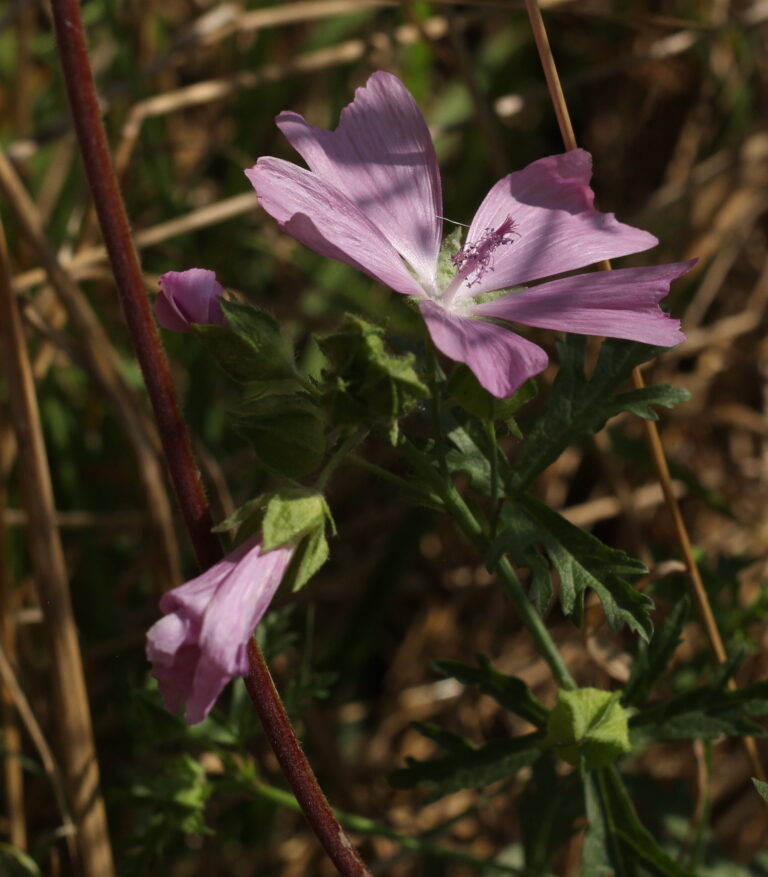Did you know that one of our local spaces is actually managed by two different councils!? The area in red – Normansal Park is managed by Seaford town council and Chalvington park. the curved area to the right before open fields is managed by Lewes District council.

Seaford Action for Nature wanted to find out more about the biodiversity in this site – particularly noting all the plants, as a follow up to a survey in 2023, and we subdivided the area further to record each area.
Our first survey date was cancelled by bad weather and by the time we rescheduled in mid August, both fields had actually been cut quite short. This didn’t really put us off – we like a challenge!
There was other interesting vegetation at the edges and often we had to use our nature detective skills to identify plants that were no longer in bloom. For example broad leaved dock can often be identified by their robust broad leaves. However by this time the leaves had fallen away or been eaten, and we had to look instead at the seed heads remaining on the flower spikes. We concluded that the tepals and teeth complete with warts, must be indeed broad leaved dock.
Another puzzle was a leaf that looked like cut-leafed geranium – but the seed head really wasn’t right for a geranium. As per their name’s sake, they tend to resemble a “crane’s bill” It took a few minutes but we worked it out – it was actually a mallow. Not common mallow which has distinctive 5-7 lobed leaves, but musk mallow (malva moschata) which has some leaves that appear cut away. A few yards on we spotted one in flower too
On the meadow cranesbill we spotted a little further on, you can clearly see their bird like beaks!
This whole section in the LDC side was a bit of a mystery. We concluded that it may actually have been planted at some point, perhaps as a pollinator mix. Most of the plants were brilliant for pollinators, but could potentially be garden hybrids, rather than genuinely wild plants. These borders included the musk mallow, geranium, scabious, betony, knapweeds, yellow toadflax, mugwort and ladies bedstraw.
Wild carrot was also quite widespread and we were fascinated to see some of it growing only centimetres high in the mowed area, a few feet away from a towering relative! Such resilience in the face of the mower!
In the mowed areas, the most common flowers were yellow.. and members of the daisy family (nasty yellow composites as one of our botanists calls them!)
I’d disagree that they are nasty – actually rather pretty but these do need close examination and an ID book to tell apart, so thanks to Brian who spent a lot of time on his knees with his hand lens in our group. He concluded that these included Autumn hawkbit and Smooth hawksbeard. The other group also spotted rough Hawkbit.
If you’d like to get involved with future surveys, do get in touch with SAFN. Botanists of all abilities welcome – we all tend to learn something new!
A full list will be available in due course, do get in touch if you would like to see it. If you live nearby and regularly visit this area we would love to have more year-round sightings of flowers, so we can start to build up a comprehensive picture of the flowers here. For example we would love to know which violets are growing under the trees.
Seaford Action for Nature








